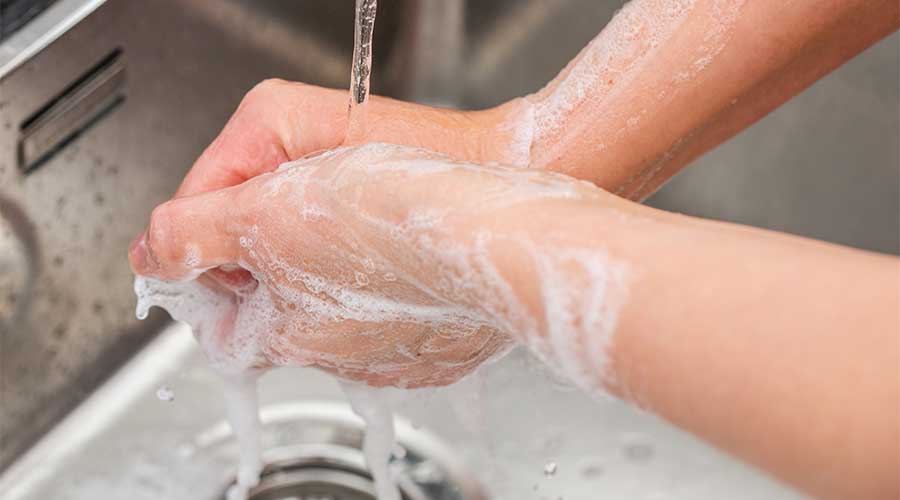Dec. 5-11 is National Handwashing Awareness Week. Its goal is to educate individuals on the proper technique for handwashing and the importance of maintaining hand hygiene. Handwashing is one of the most effective methods to prevent the spread of germs, according to the Centers for Disease Control and Prevention (CDC). Proper hand hygiene adherence is critical in healthcare settings and is one of the simplest and most cost-effective elements of infection prevention but remains unacceptably low.
Studies show that healthcare workers practice hand hygiene less than one-half of the time they should. How can healthcare facilities managers encourage healthcare workers to perform hand hygiene?
Every facility must have an adequate supply of hand hygiene products, sinks, gloves, dispensers and disposable towels available. Combating noncompliance begins first and foremost by removing barriers to access. Hand hygiene products should be readily available throughout a facility and conveniently placed to promote handwashing, such as before and after entering a patient’s room, before eating, after using the restroom, in procedure rooms and in operating rooms. Hand hygiene education should be placed throughout healthcare facilities for staff and patients to read and should be changed periodically to prevent object desensitization that can occur from seeing the same signs posted in the same spots.
Healthcare facilities should also have a comprehensive hand hygiene policy to establish the indications and procedures for the performance of hand hygiene. This policy should be reviewed periodically to ensure it remains up to date with current recommendations. Facilities can appoint a hand hygiene committee to review this policy and enhance all handwashing efforts.

 Hand, Foot and Mouth Disease on the Rise
Hand, Foot and Mouth Disease on the Rise BayCare Reveals Pagidipati Children's Hospital at St. Joseph's
BayCare Reveals Pagidipati Children's Hospital at St. Joseph's Preparing for the Hazards of Winter Weather
Preparing for the Hazards of Winter Weather Why Identity Governance Is Becoming a Facilities Management Issue
Why Identity Governance Is Becoming a Facilities Management Issue Habitat Health Opens South Los Angeles PACE Center
Habitat Health Opens South Los Angeles PACE Center